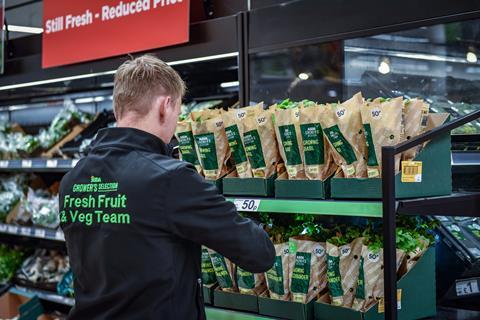
The inflation crisis has a lot to answer for. One of its worst casualties has been the interface between retailers and suppliers, who are constantly pitted against each other on the issue of cost price increases (CPIs). This barrier to joint business building comes hot on the heels of pandemic disruption, which involved its own bizarre set of challenges.
The result is a generation of young coalface managers in both retailers and suppliers who have lost, or not even discovered, the art of leading category growth strategies. Any set of market forces presents opportunity for those who are alert to the trends and agile enough to capitalise. However, as consumers demand cheaper food, retailers are fixated on price, and it’s hard for suppliers to get a foot in the door of the growth strategy room – which appears to have been locked even to the buyers.
Perhaps the best example of the basics going wrong in the past couple of years is Asda’s range management. Ranges will always undulate, but Asda cut lines by 12% in 2021 only to increase them by 12% in 2022.
It was not a mistake for Asda to make the cuts. The negligent Walmart ownership had left them without a market position. Repositioning as a discounter was an obvious solution requiring bold and swift action, including redeployment of their space. Under normal circumstances, you might choose to re-range one category per aisle per month, with Tesco-style air traffic control minimising operational disruption, but there wasn’t time for that.
Asda says the cuts in 2021 were designed to get rid of duplication. It’s never a mistake to cut duplicating lines, but whilst that may have been the intention, it clearly wasn’t accurate. Even if you have right data, you must analyse it to identify gaps in meeting consumer needs, and list new lines accordingly. Asda clearly didn’t do that. This caused a wave of hurried introductions a year later, undoing the discounter competition goal.
The whole thing could have been better managed by working with leading suppliers using classic category management principles. By cutting 12% and adding 2% new lines, they should have achieved a 10% range cut that met more consumer needs and improved choice and sales. It takes trustworthy data and nerve to delist one of two duplicating products that each contribute 10% of category returns, to maintain space for a 2% contributor. Very often, though, it pays off. The smaller selling line is frequently the uniquely positioned one, and its removal would result in a certain 2% drop in sales when no one switches product.
The key to correct decisions is a watertight shopper and consumer-based product segmentation, and the best place to find it is in the supplier base. Suppliers are always ready to give expertise and resource, which could have avoided the Asda range yo-yo.
Asda is not changing its discounter strategy, only correcting poor range execution. To get it right, it should open the category strategy door – which is locked because of CPI pressures – to suppliers.



















No comments yet